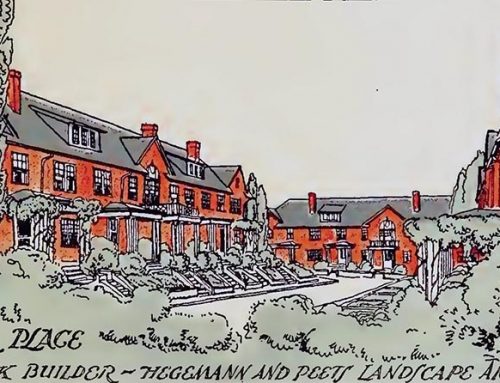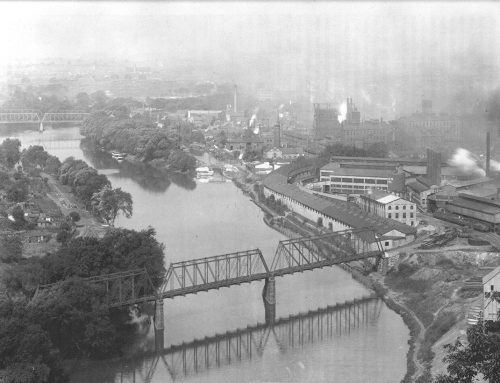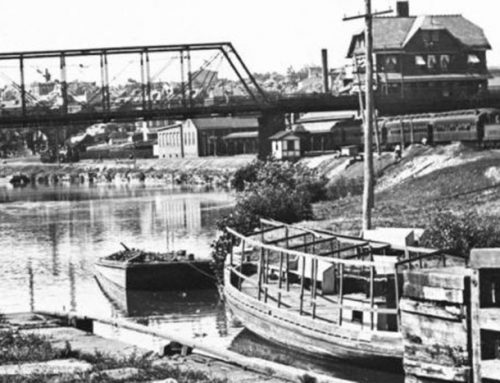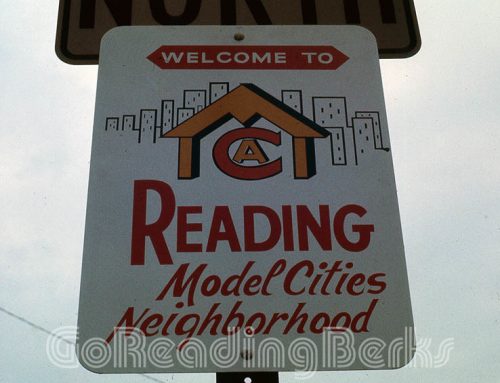The date of the beginning of the settlement of Sinking Spring was in 1793, although there were settlers in this heavily timbered area, ruled over by Indians as early as 1728.
The Indians who first inhabited this area were the Lenni Lenape Indians (meaning the “original people”). The Tribe in this immediate area was the Minsi or Wolf tribe. These Indians later became known as the Delawares. This name was given to them by a white man, Lorde de la Ware.
Sinking Spring was incorporated as a borough on March 10, 1913. Sinking Spring was given its name for a spring located in the center of the borough. Indian inhabitants in the Sinking Spring area supposedly called the spring “sunken spring.” During dry periods in late summer, the spring would run underground or stop flowing and because of the number of fissures in the underlying limestone, the spring would disappear from time to time, hence the name Sinking Spring.
There is a stone monument in the 3800 block of Penn Avenue, placed to identify the spring, between a shuttered bank and a Dunkin’ Donuts. The spring is in an area that resembles a ditch, and a small run was built to direct water under Penn Avenue. The flow eventually ends up in the Cacoosing Creek.
The spring was once a valuable source of water for Lenape Indians and early farmers in the region. Property deeds from the late 1700’s and early 1800’s reflect grazing rights for cattle. Of course at that time there was quite an amount of water there. The farmers with their animals took the shortest routes to the water. This explains the unplanned streets of early Sinking Spring. The cow paths became streets and finally one street at that time became part of the old Philadelphia Pike (now Hull Street); another, a turnpike, “The William Penn Highway” (now Route 422 or Penn Avenue), boasting of two Toll Gates, one at either end of the little village.
Water can no longer be seen flowing above ground. The area today looks more like the remains of an old well than a mountain spring but somewhere underground is the famed sinking spring. Private well drilling might have disrupted the water table and forced the spring farther underground.
Below: 3800 block of Penn Avenue (present day).

Below: Sidewalk view of the Sinking Spring overflow channel. The location of the spring itself is indicated by the arrow. (1976). The tablet on the stone monument gives a brief history of the spring (1976).



Below: The spring in 1963.







Leave A Comment